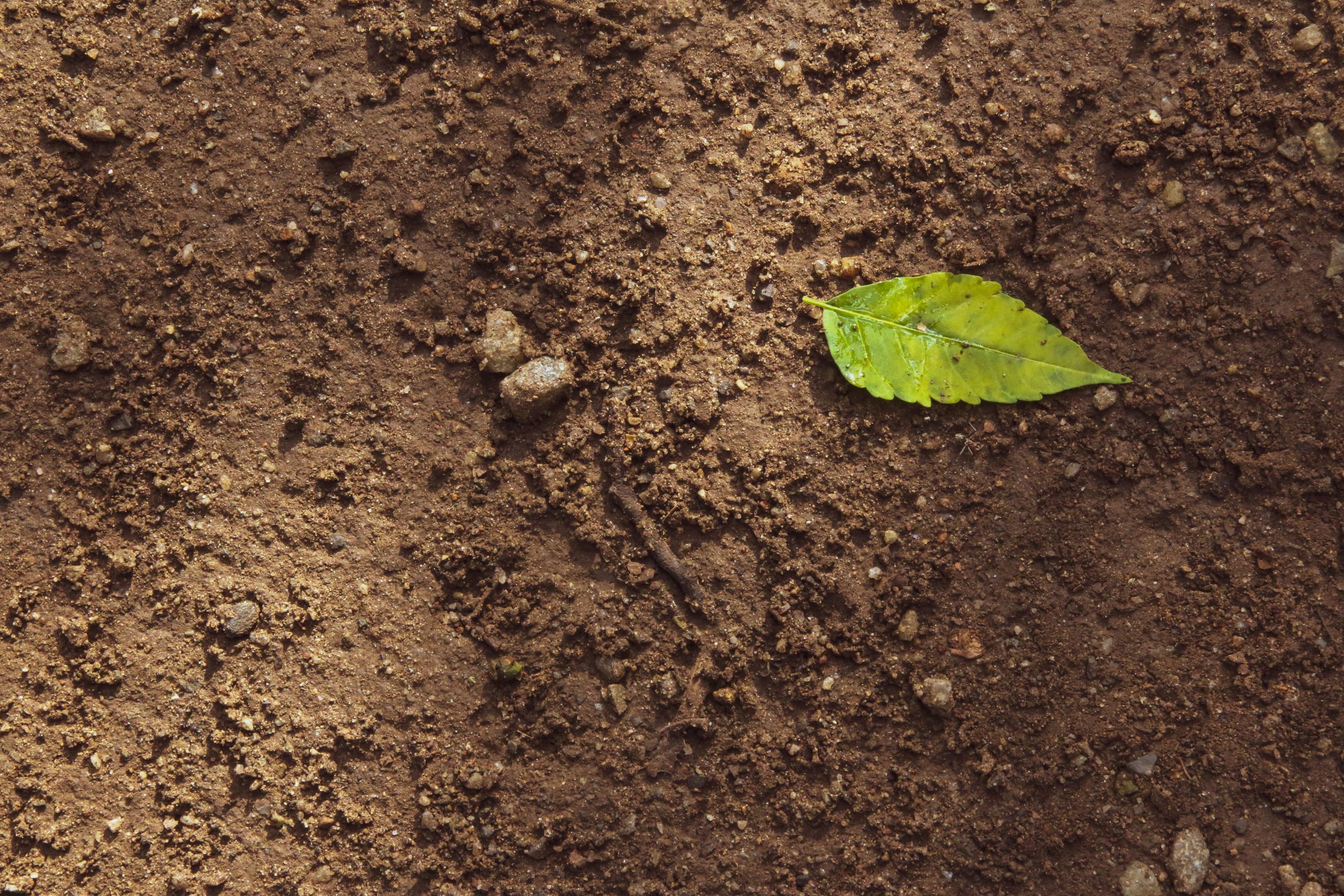
A story about reviving an old and sustainable building practice by Alvar Elias Ekhougen Larsen, 29 yr, Bergen, Norway
___
Alvar studied alongside Katarina Kierulf at the Bergen School of Architecture. Since graduating, Alvar and Katarina have continued to hold workshops both in Norway and abroad where they experiment with soil and clay as building materials. They work with clay in roles as architects, craftspeople, consultants, and teachers. Alvar and Katarina are involved in the Norwegian Soil and Straw House Association.
___
Together, we wanted to address the fact that the construction industry accounts for 37 percent of global CO2 emissions. Could a simple but surprising material be part of the solution? The earth beneath our feet.
Katarina already had experience with the material, and since we knew that soil and clay were used in many parts of the world, we asked ourselves: Can this be used in Norway today? We were met with scepticism but decided to investigate further.
There are pioneers building with soil and clay in Norway, and at the beginning of our master's project, we contacted several of them. Many were happy that people were again beginning to view soil as a serious and modern building material. They emphasised that soil is a material you need to work with physically to understand.
In recent years, I've often thought about something a traditional mason told us: In the past, people dug in the soil a lot and knew how different types of soil could be used. Some soil types were suitable for plants, others for building. Soil is the very foundation for all life on our planet, which makes sense when we call our planet "mother earth."
The magic of soil as a building material is that it's circular in nature. Soil is a completely natural material that doesn't harm the environment in any way, and it can be reused infinitely. For example, you can tear down a rammed earth wall and rebuild it elsewhere without the material losing its qualities. Soil can easily be returned to nature.
Building with soil, clay, and other natural materials also has a social dimension. The work feels deeply human, and it's easy to understand how the material works. Most of us have played with soil and sand as children, and many intuitively understand how moist soil can be shaped and used for building. Through the workshops we facilitated, we got closer to this primal and instinctive way of working with the material. In the workshops, we've been able to include people and create a social building method where everyone can contribute, regardless of age or background. There's something liberating about this process. The workshops have become a learning platform about this building material, but also an informal discussion forum for how we need to change the way we build.
To see how soil and clay can be used in future buildings, we've looked abroad. In European countries like France, Germany, and Belgium, they have come far in systematising the use of these sustainable materials. This is beginning to happen in Norway too, and we are optimistic. The construction industry is one of the biggest climate offenders today, so it's important to advance this work. We must dare to think differently about how we build. Using an old and sustainable building material and interpreting it in a modern way could become an important part of the solution.



